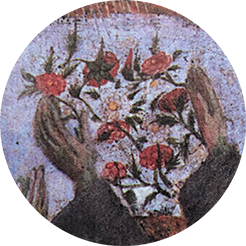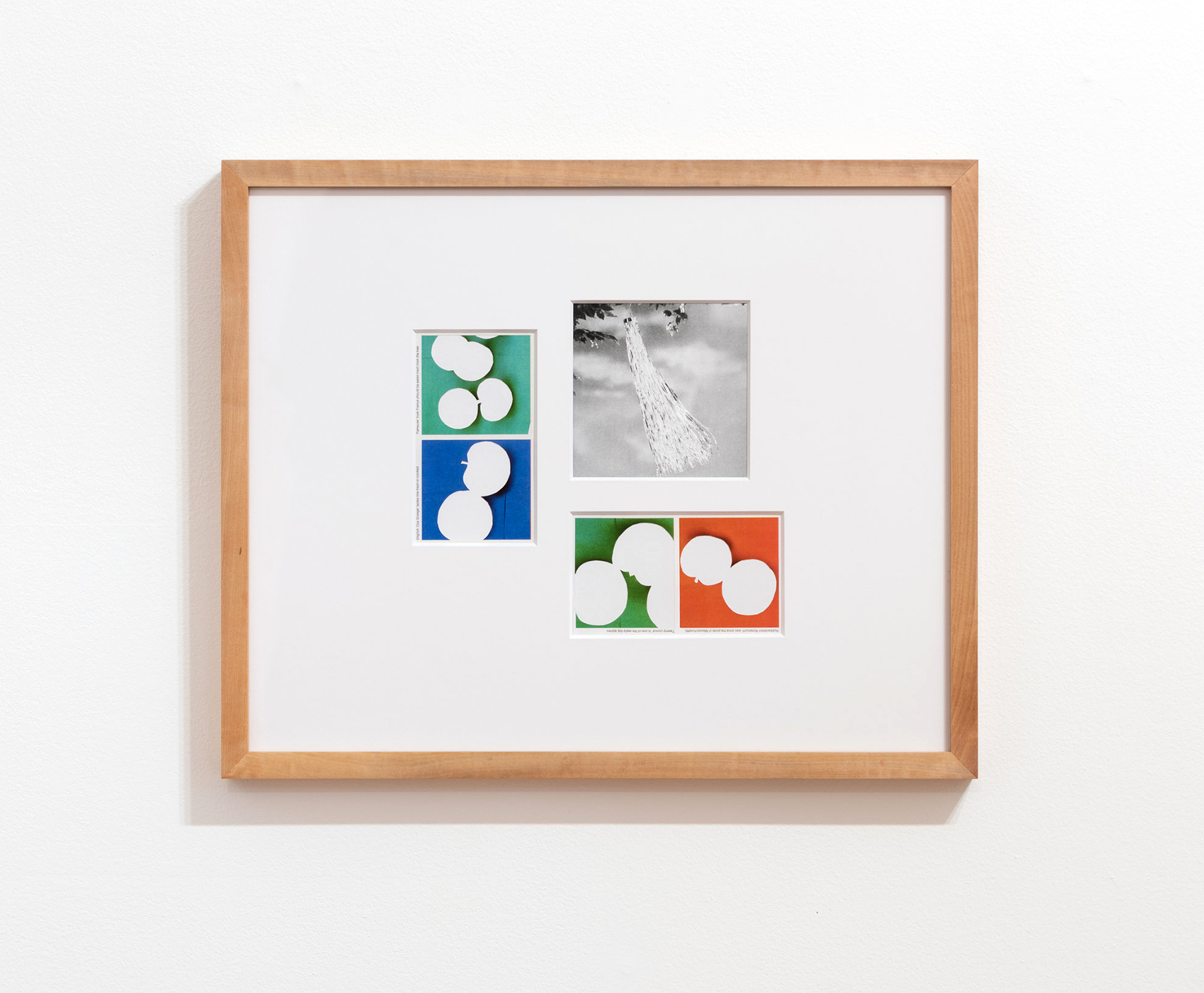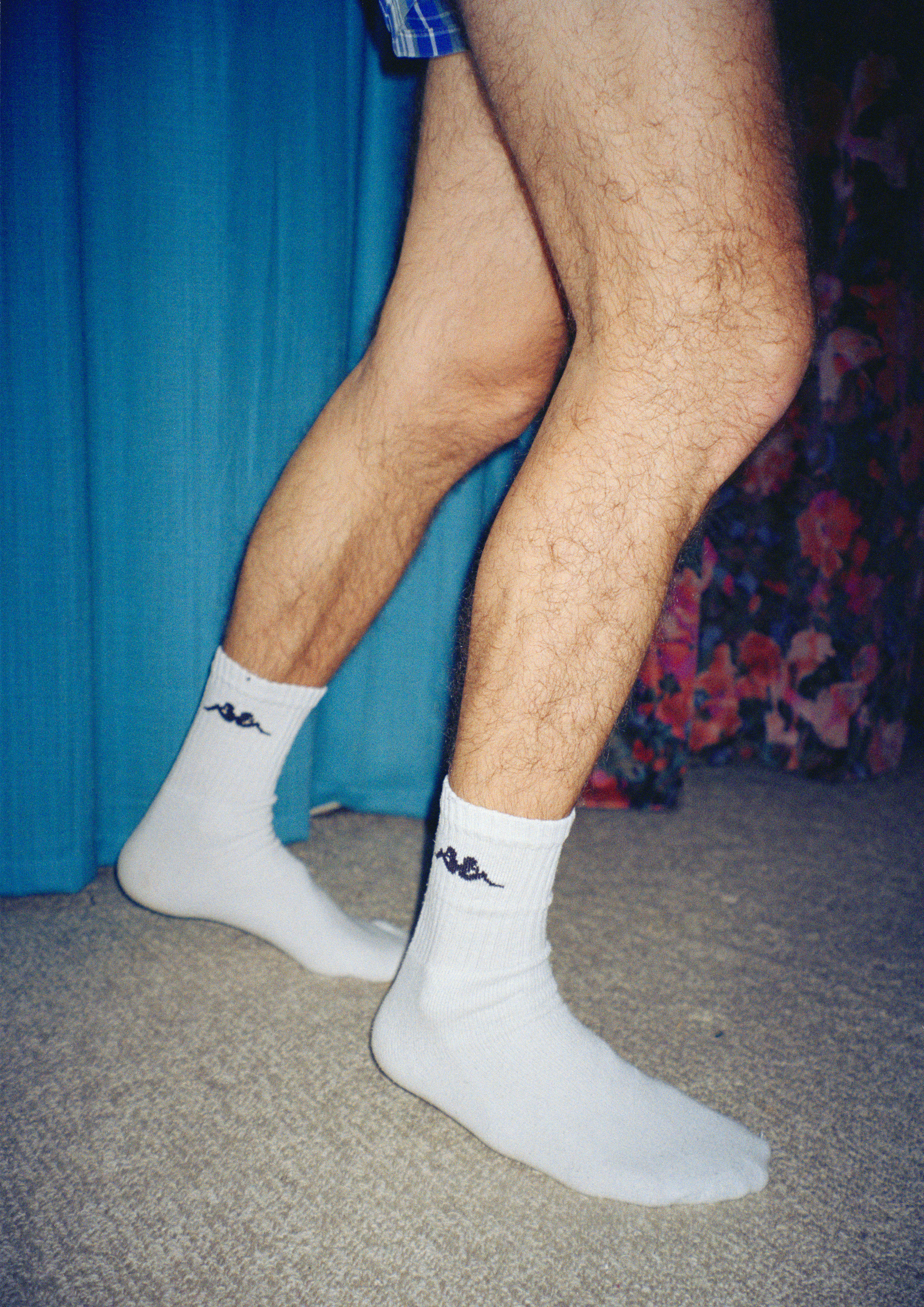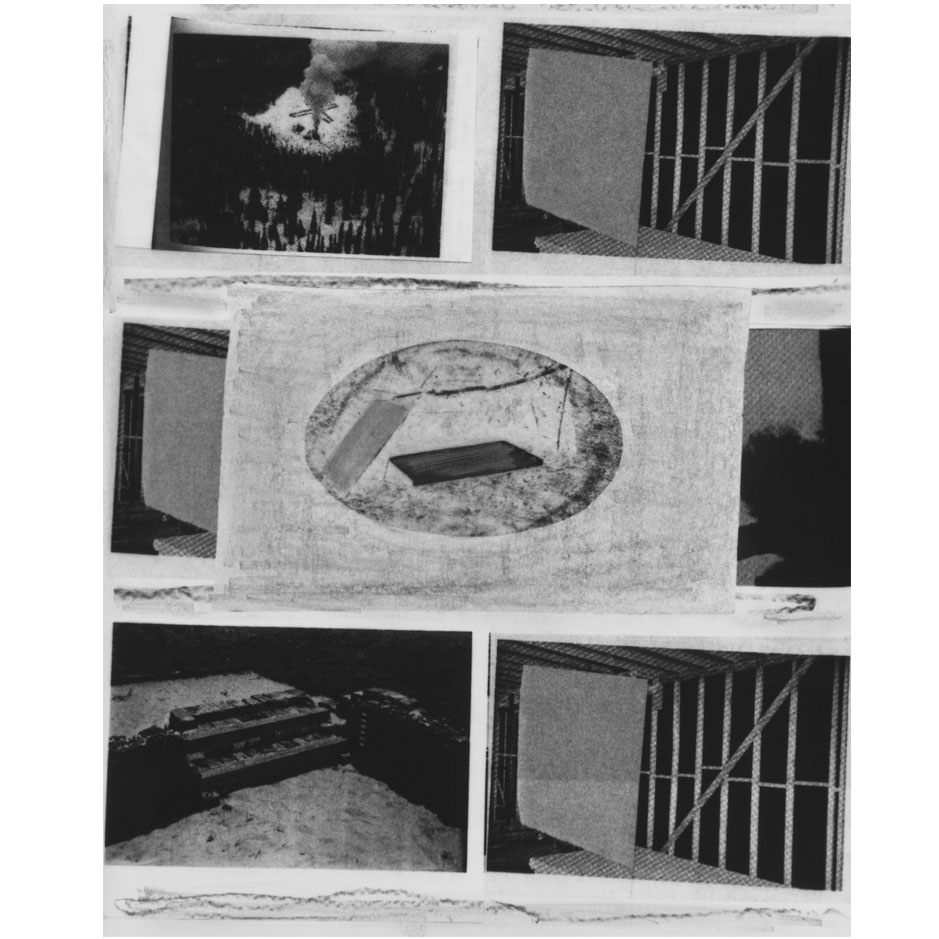An Interview with Sarah Meadows
March 2, 2023
March 2, 2023
Sarah Meadows’ work examines the human desire to fantasize the natural world and “the insidious ways that our culture treats it as a product to be consumed.”
Using her own photographs alongside appropriated imagery – including everything from grocery coupons to gardening guides – Meadows uses juxtaposition and layering to pose questions about contemporary image culture, climate change, and anxiety.
Click here to read the full interview.
Using her own photographs alongside appropriated imagery – including everything from grocery coupons to gardening guides – Meadows uses juxtaposition and layering to pose questions about contemporary image culture, climate change, and anxiety.
Click here to read the full interview.
An Interview with S. Billie Mandle
January 21, 2021
January 21, 2021
Whether photographing the wall of Emily Dickinson’s bedroom or the dark interiors of confessionals, Mandle uses a large-format camera and long exposures to make photographs that are, at first glance, unfamiliar to our scrolling gaze. The photographs’ emptiness require the viewer’s participation and attention, what Mandle calls forms of seeing that are about humility and unknowing.
While so much of photography is tied up with a kind of seeing that is about power and control, “I am interested in the opacity of images—the way they can prevent us from seeing,” writes Mandle.
Click here to read the full interview.
While so much of photography is tied up with a kind of seeing that is about power and control, “I am interested in the opacity of images—the way they can prevent us from seeing,” writes Mandle.
Click here to read the full interview.
An Interview with Alanna Fields
January 6, 2021
January 6, 2021
Layering found photographs with acrylic, oil and wax, among other media, artist and archivist Alanna Fields uncovers and reconstructs a Black queer archive.
“I place my work in a space of excavation, digging up histories that have been discarded as unimportant or buried to hide their existence,” writes Fields.
By attending to the smallest gestures—the soft parting of a lip, an arm wrapped around another person’s body, or two figures’ heads gently resting against each other—Fields reveals “an amorous language narrating untold love stories.”
Click here to read the full interview.
“I place my work in a space of excavation, digging up histories that have been discarded as unimportant or buried to hide their existence,” writes Fields.
By attending to the smallest gestures—the soft parting of a lip, an arm wrapped around another person’s body, or two figures’ heads gently resting against each other—Fields reveals “an amorous language narrating untold love stories.”
Click here to read the full interview.
An Interview with Sara Perovic
July 29, 2020
July 29, 2020
Sara Perovic’s photography is driven by her interests in the perception of space, abstraction, and repetition.
“Obsession is the main trigger of my work,” she writes. Whether her subject is her partner’s legs, her father and grandfather’s love of tennis, palm trees or motherhood, Perovic uses the camera as a tool to navigate her own emotions, states of mind and relationship to herself and those closest to her.
“[This work is] a back-and-forth between emotion and abstraction. It is a reflection and mirroring of my experience as a woman—floating in constant search of who I am and how I feel.”
Click here to read the full interview.
“Obsession is the main trigger of my work,” she writes. Whether her subject is her partner’s legs, her father and grandfather’s love of tennis, palm trees or motherhood, Perovic uses the camera as a tool to navigate her own emotions, states of mind and relationship to herself and those closest to her.
“[This work is] a back-and-forth between emotion and abstraction. It is a reflection and mirroring of my experience as a woman—floating in constant search of who I am and how I feel.”
Click here to read the full interview.
An Interview with Dionne Lee
July 15, 2020
July 15, 2020
Dionne Lee uses photography, collage, and video to investigate ideas of power and racial histories in relation to the American landscape. “Nature is often presented and discussed as a neutral space, but we don’t talk about how nature can also be a tool,” writes Lee.
Often using found images and experimenting in the darkroom, Lee’s work reveals the white-washed history of landscape photography and suggests that acknowledging our interdependence with nature is essential to survival.
Click here to read the full interview.
Often using found images and experimenting in the darkroom, Lee’s work reveals the white-washed history of landscape photography and suggests that acknowledging our interdependence with nature is essential to survival.
Click here to read the full interview.





